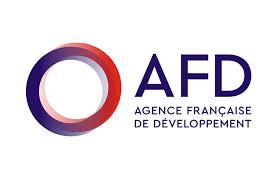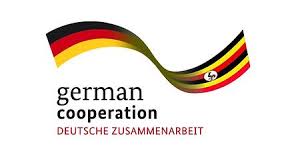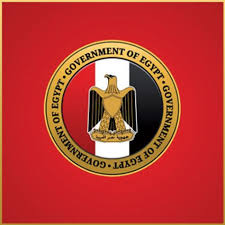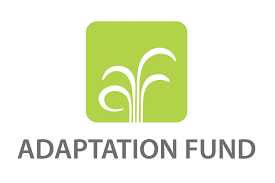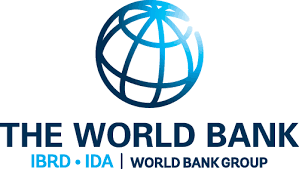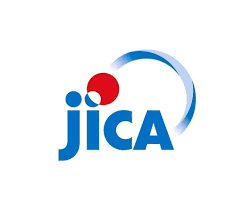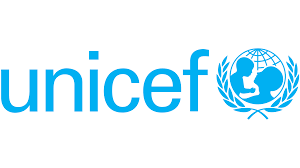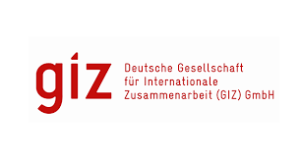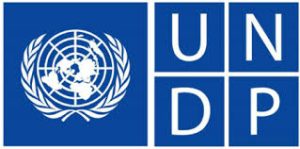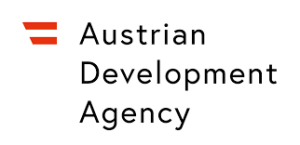FIEFOC II
The Farm Income Enhancement and Forest Conservation Programme – Project 2 (FIEFOC – 2) has been a significant development initiative for Uganda, designed within the context of the Government’s National Development Plan II (NDP II) and the long-term development strategy, Vision 2040. Both national frameworks have promoted agricultural infrastructure and income enhancement as key drivers of socio-economic progress. Building upon the achievements of its predecessor, FIEFOC 1 (which concluded in December 2012), FIEFOC – 2 has played a crucial role in the national agenda to significantly increase the land area under irrigated agriculture from 14,418 hectares in 2014 towards the ambitious target of about 420,000 hectares by 2035. The project has completed its operations in December 2024, following a “no cost extension” agreement between the African Development Bank and the Government of Uganda.
ABOUT FIEFOC II
Farm Income Enhancement and Forest Conservation Programme – Project 2 (FIEFOC –2) is designed within the context of the Government of Uganda’s National Development Plan II (NDP II), and the long term development strategy, the Vision 2040 both of which promote agricultural infrastructure and income enhancement. The project was initially designed as a five – year development project (2016-2021), but was later extended under “no cost extension” to December 2024, following an agreement between the African Development Bank (AfDB) and the Government of Uganda (GoU). The project is further designed to assist the Government of Uganda increase land area under irrigated agriculture from 14,418 hectares in 2014 to about 420,000 hectares by 2035. The project also seeks to consolidate and expand notable achievements registered under FIEFOC 1, which ended in December 2012.
The overall objective of FIEFOC – 2 is to contribute to poverty reduction and economic growth in Uganda through enhanced productivity and commercialization of agriculture. Specifically, the project aims to improve household incomes, food security and climate resilience through sustainable natural resources management and agricultural enterprise development.
The project has four components, including Agricultural Infrastructure Development, Agribusiness Development, Integrated Natural Resources Management and Project Coordination. The primary project beneficiaries, estimated at 1,816,756 are found in the districts of Pakwach, Oyam, Butaleja, Kween, and Kasese, where five irrigation schemes are constructed. These include Mubuku II irrigation scheme (Kasese district), Doho II irrigation scheme (Butaleja District), Tochi irrigation scheme (Oyam District), Ngenge irrigation scheme (Kween District) and Wadelai irrigation scheme (Pakwach District).
The Ministry of Water and Environment (MWE) and the Ministry of Agriculture, Animal Industry and Fisheries (MAAIF) jointly implement the project. The water ministry is the executing agency, responsible for implementation of irrigation infrastructure and related activities under project component one and the natural resources management activities under component three. While the agriculture ministry is a key implementing partner, responsible for implementation of agronomy and extension related activities and the agri-business development.
The African Development Bank (AfDB), Nordic Development Fund (NDF) and the Government of Uganda (GoU) are the key financiers of the project at the tune of USD 91, 43 million.
Overall Objective and Specific Aims: The overarching objective of FIEFOC – 2 has been to contribute substantially to poverty reduction and economic growth in Uganda through enhanced productivity and commercialization of agriculture. More specifically, the project has aimed to:
- Improve household incomes and food security.
- Strengthen climate resilience among farming communities.
- Achieve these goals through sustainable natural resources management and robust agricultural enterprise development.
Project Components: The project has been structured around four key components to achieve its comprehensive objectives:
- Agricultural Infrastructure Development: Has focused on the construction and rehabilitation of vital agricultural infrastructure, primarily irrigation schemes.
- Agribusiness Development: Has aimed at supporting the commercialization of agriculture by strengthening value chains and market linkages for farmers.
- Integrated Natural Resources Management: Has focused on promoting sustainable land use, soil and water conservation, and forest conservation to ensure the long-term health of the environment supporting agriculture.
- Project Coordination: Has ensured efficient management, monitoring, and evaluation across all project activities and implementing partners.
Key Achievements and Scope: FIEFOC – 2 has delivered significant tangible outcomes across its target areas. The project’s primary beneficiaries, estimated at 1,816,756 individuals, have been found in the districts of Pakwach, Oyam, Butaleja, Kween, and Kasese. A cornerstone of the project’s success has been the construction of five major irrigation schemes:
- Mubuku II irrigation scheme (Kasese District)
- Doho II irrigation scheme (Butaleja District)
- Tochi irrigation scheme (Oyam District)
- Ngenge irrigation scheme (Kween District)
- Wadelai irrigation scheme (Pakwach District)
Ministry Roles in Implementation: The project has been a collaborative effort between the Ministry of Water and Environment (MWE) and the Ministry of Agriculture, Animal Industry and Fisheries (MAAIF).
- Ministry of Water and Environment (MWE): As the executing agency, MWE has been responsible for the implementation of irrigation infrastructure and related activities under the Agricultural Infrastructure Development component (Component 1). MWE also has led the natural resources management activities under Component 3.
- Ministry of Agriculture, Animal Industry and Fisheries (MAAIF): As a key implementing partner, MAAIF has been responsible for agronomy and extension-related activities, as well as agribusiness development initiatives under Component 2.
Impact and Legacy: The completion of FIEFOC – 2 has marked a significant milestone in Uganda’s journey towards agricultural transformation and climate resilience. The five newly constructed irrigation schemes have provided essential infrastructure to support year-round farming, reduce climate vulnerability, and boost food security in their respective regions. The project’s integrated approach to agricultural development and natural resources management has laid a stronger foundation for sustainable farming practices, contributing directly to poverty reduction and enhanced economic growth for hundreds of thousands of beneficiaries across the targeted districts. The experiences and lessons learned from FIEFOC-2 continue to inform future strategies for sustainable agriculture and water resource management in Uganda.
 Official Website of the Ministry of Water and Environment
Official Website of the Ministry of Water and Environment


